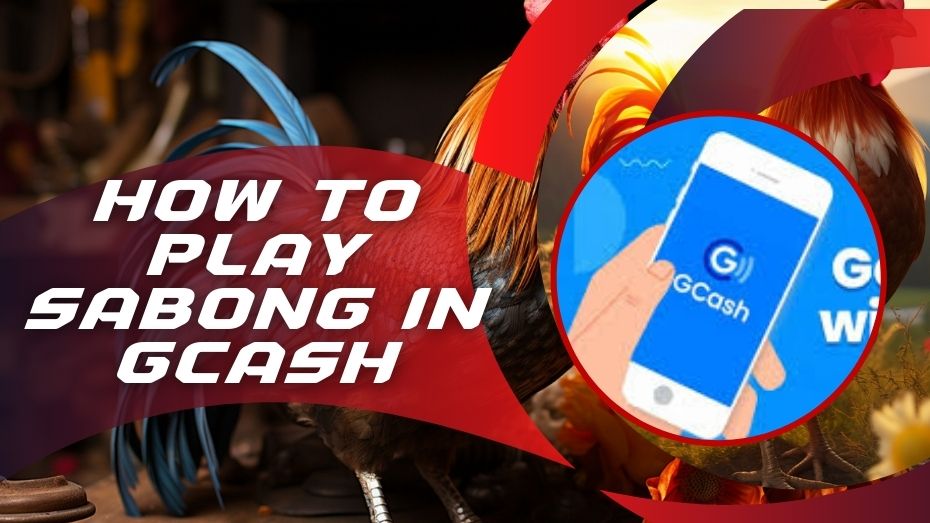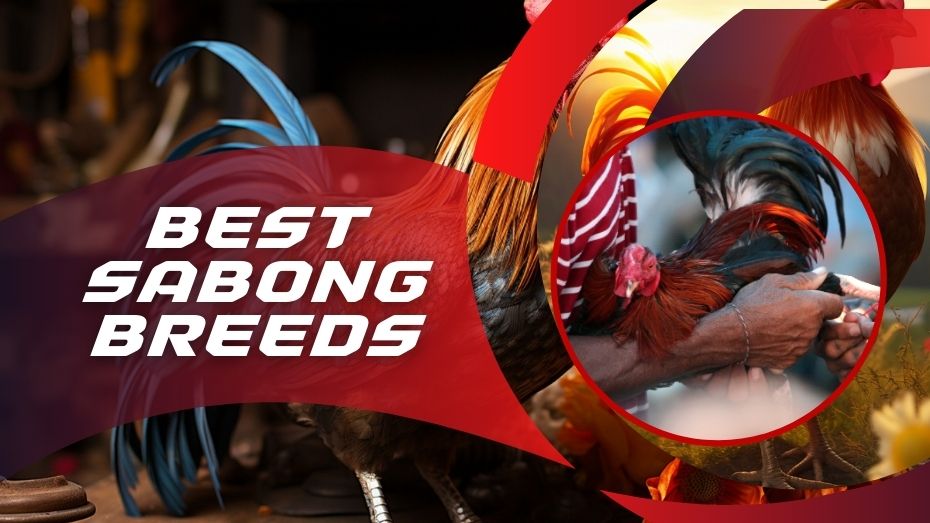Understanding Sabong Hand Signals: A Comprehensive Guide
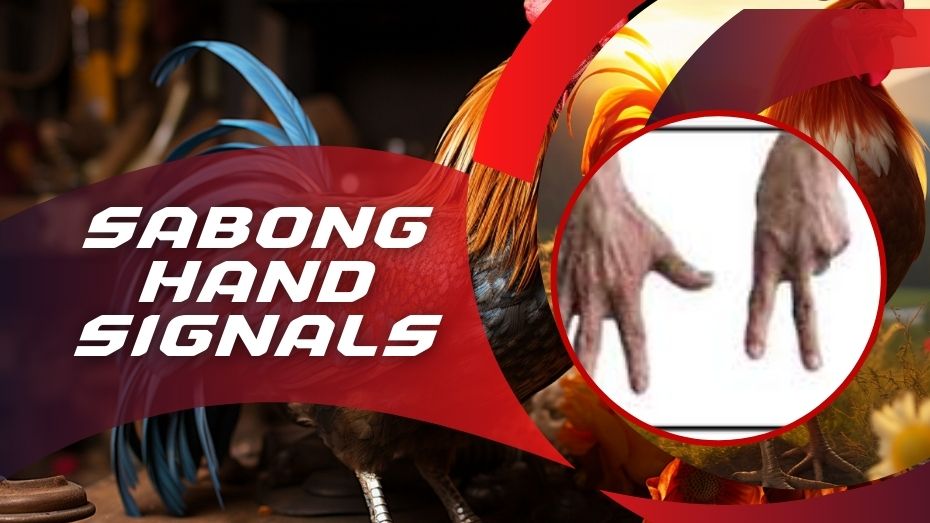
Sabong, also known as cockfighting, is a traditional sport with a long history in various cultures across the globe, particularly in the Philippines where it is considered a national sport. The excitement of sabong lies not only in the physical contest between the gamecocks but also in the vibrant atmosphere of the cockpit arena, where spectators and bettors communicate through an intricate system of hand signals. This article explores the unique language of hand signals used in sabong, offering a detailed sabong guide to understanding and interpreting these gestures.
The Significance of Hand Signals in Sabong
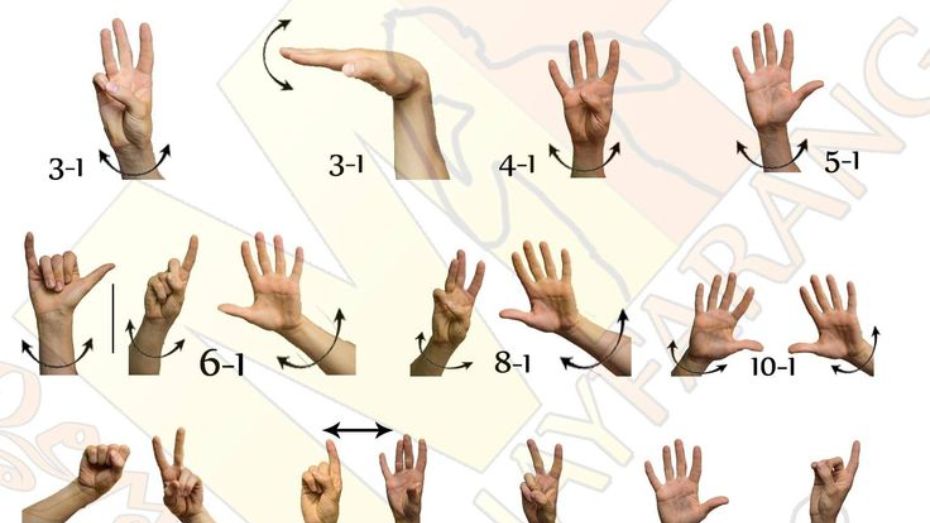
Hand signals in sabong are crucial for effective communication in the noisy and crowded environment of the cockpit. These signals enable bettors to place their wagers without verbal exchange, maintaining the flow of the game and ensuring that bets are made quickly and discreetly. Understanding these signals is essential for anyone looking to participate in the betting aspect of sabong, whether as a casual observer or a serious enthusiast.
A Guide to Sabong Hand Signals
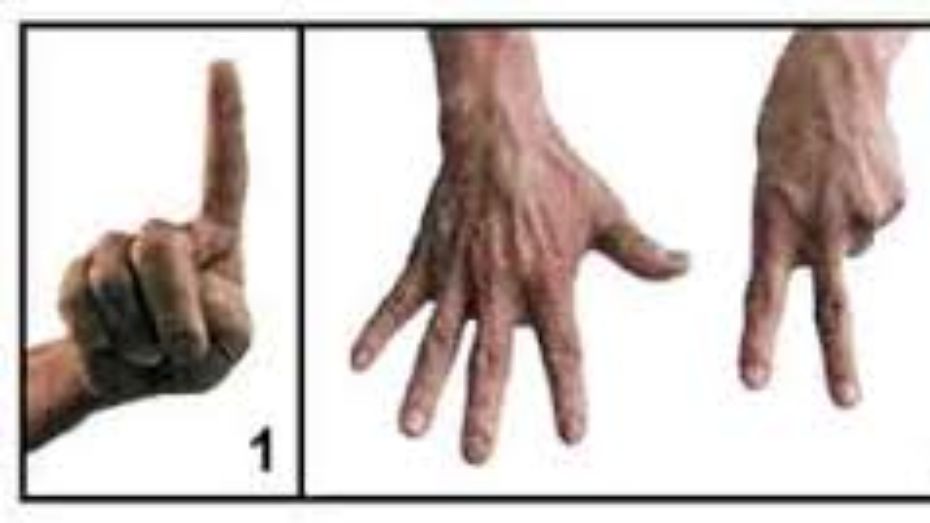
Betting Amounts
Side Selection
Confirming Bets
Adjustments and Conditions
Urgency and Timing
The Cultural Context of Sabong Signals
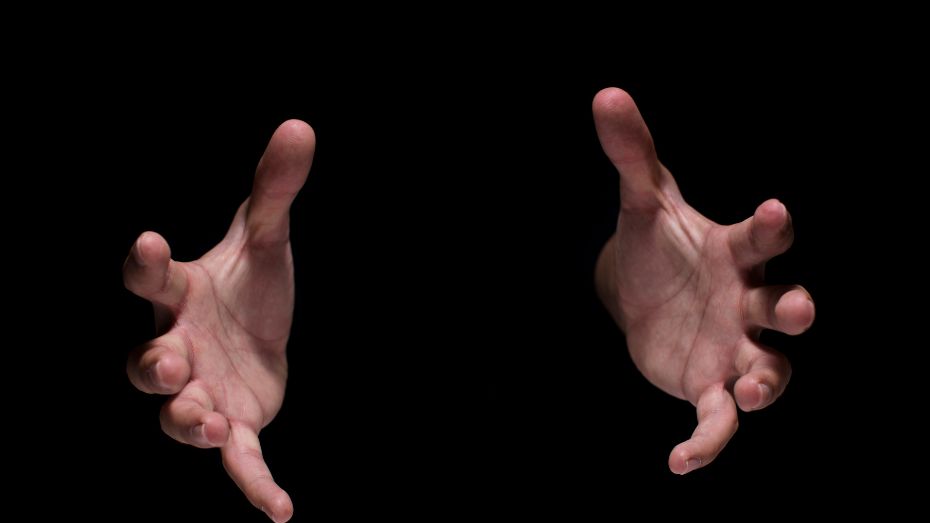
Sabong is deeply ingrained in the cultural fabric of the Philippines, with hand signals being just one part of the elaborate customs surrounding this sport. These gestures have been passed down through generations, often learned through observation and participation rather than formal instruction. Understanding the cultural significance of these signals can enhance the appreciation of the sport and deepen one’s respect for the traditions it upholds.
The Role of Hand Signals Beyond Betting

While primarily used for betting, sabong hand signals also facilitate communication between handlers, judges, and other participants in the cockpit. They help maintain order and communicate decisions quickly in an environment where timing and clarity are paramount.
Challenges and Controversies

Despite its cultural significance, sabong is not without controversy, particularly concerning animal welfare and gambling issues. The use of hand signals, while fascinating from a cultural perspective, also ties into debates about the transparency and ethics of gambling in sports.
FAQs
Conclusion
Sabong hand signals provide a fascinating insight into the traditional practices of a sport that is both celebrated and critiqued. For enthusiasts and scholars alike, understanding these signals is key to appreciating the complex interplay of culture, tradition, and excitement that defines sabong. This guide, provided by Sabong International, aims to elucidate these signals, offering a deeper understanding of the rich heritage behind this time-honored sport.
